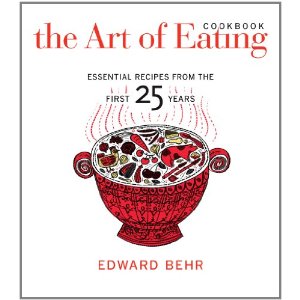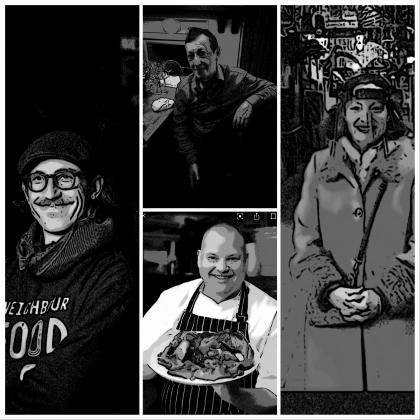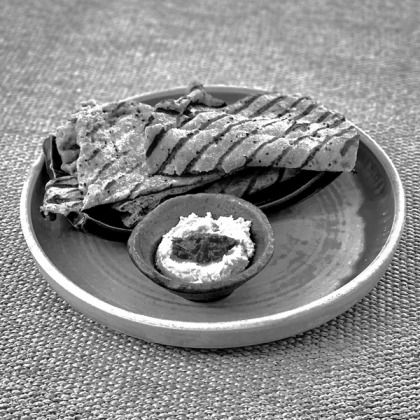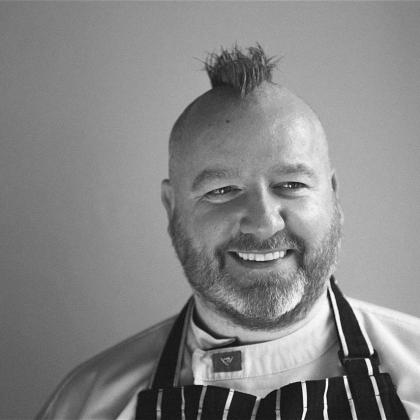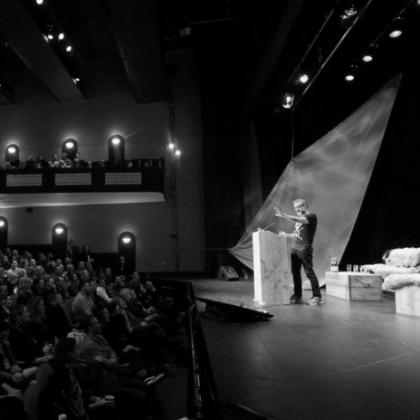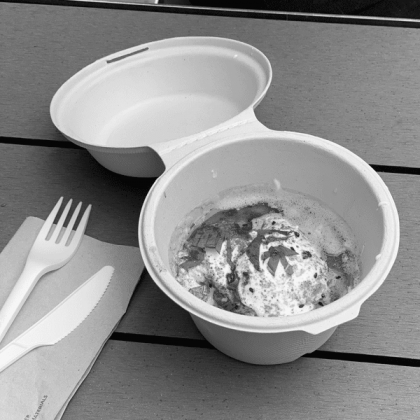It seems terribly fashionable to say that Ed Behr is the Steve Jobs of American food writing. Mr Behr would dislike such a comparison with the late Apple supremo, because everything about The Art of Eating, the magazine Mr Behr founded in 1986, is devoutly devoid of fashionability and Steve Jobs, even in death, remains extraordinarily fashionable.
But the comparison is apt, for the simple reason that both men have spent a working lifetime whittling away at things until what remains is nothing more than the essence and the essentials of the finished product. In The New Yorker, Malcolm Gladwell writes that “Job's sensibility was editorial, not inventive. His gift lay in taking what was in front of him...and ruthlessly refining it”.
He would have made a good editor of The Art of Eating with an attitude like that. For Mr Behr's magazine repeatedly returns to the theme of whittling away, of finding the essence, the essential distillation. He once wrote a memorable cover story about getting rid of a library of cookery books. “If somehow I had to get rid of all but a handful of my cookbooks, which few would I keep? Which would speak to me most directly and personally – would inspire, provide variety, even some surprises”.
So, how many books would you need to retain after the edit was done? 200? 50? 25?
The answer was: 9. With the right 9 books, you have a well-equipped cookery library.
The same sensibility is the modus operandi of The Art of Eating Cookbook. Modern food writers add to the store of food recipes by insisting on putting their spin, their riff, on a dish. Mr Behr does the opposite. The recipes, he writes, “are traditional, ratified by generations of eaters. Often in my writing, I've focused on a traditional dish: tasting it at its place of origin, tracing it back through time, trying to understand the logic behind the place, the ingredients, and the method – getting at the fundamental taste”.
Getting at the fundamental taste. We are a long way here from the world of celebrity chefs and daytime television cookery, and that is where Ed Behr wants to be, and where he want us to be: “To me what matters is that a dish came into being before life was dominated by machines, electricity, and rapid communication, before time was so much equated with money – that it came about when people lived closer to nature and found more of their daily pleasure in eating”.
Daily pleasure is what Mr Behr's recipes are after. There are some complicated excursions, particularly in the charcuterie chapter which is largely the work of the chef and writer James MacGuire, but otherwise the food is straightforward, with nothing that a curious cook couldn't accomplish. The recipe introductions are fastidious and devoid of cliché and, as one would expect of the man who produces not just the best food magazine but also the most beautiful food magazine, the book is aesthetically delightful: crisp, clear typography, excellent illustrations from George Bates, a book with pleasing heft and texture.
How many great books does a good cookery library need? The answer is: 10.
Edward Behr: The Art of Eating Cookbook (University of California Press)
Archive - all the best places to eat, shop and stay in Ireland. A local guide to local places.

